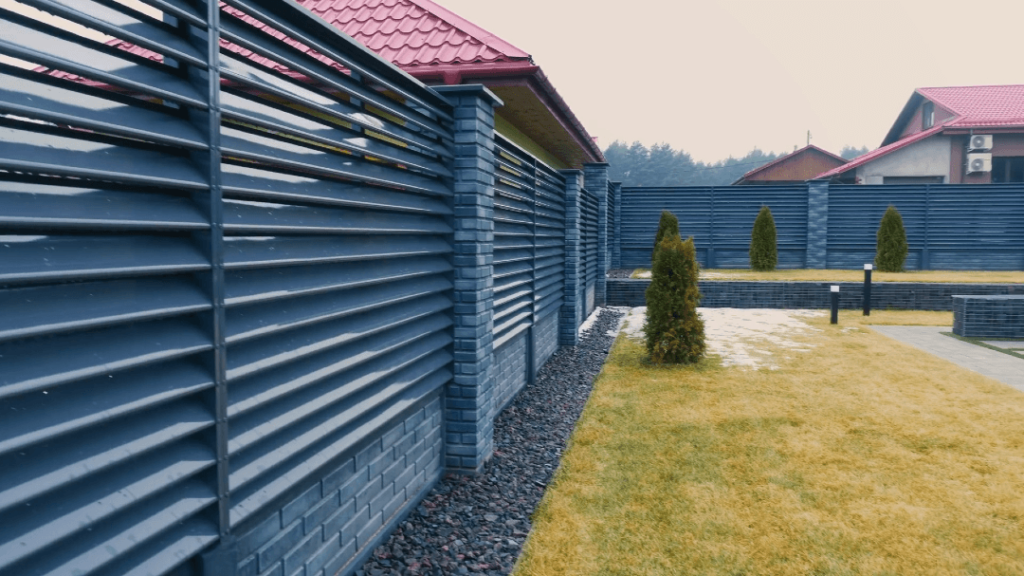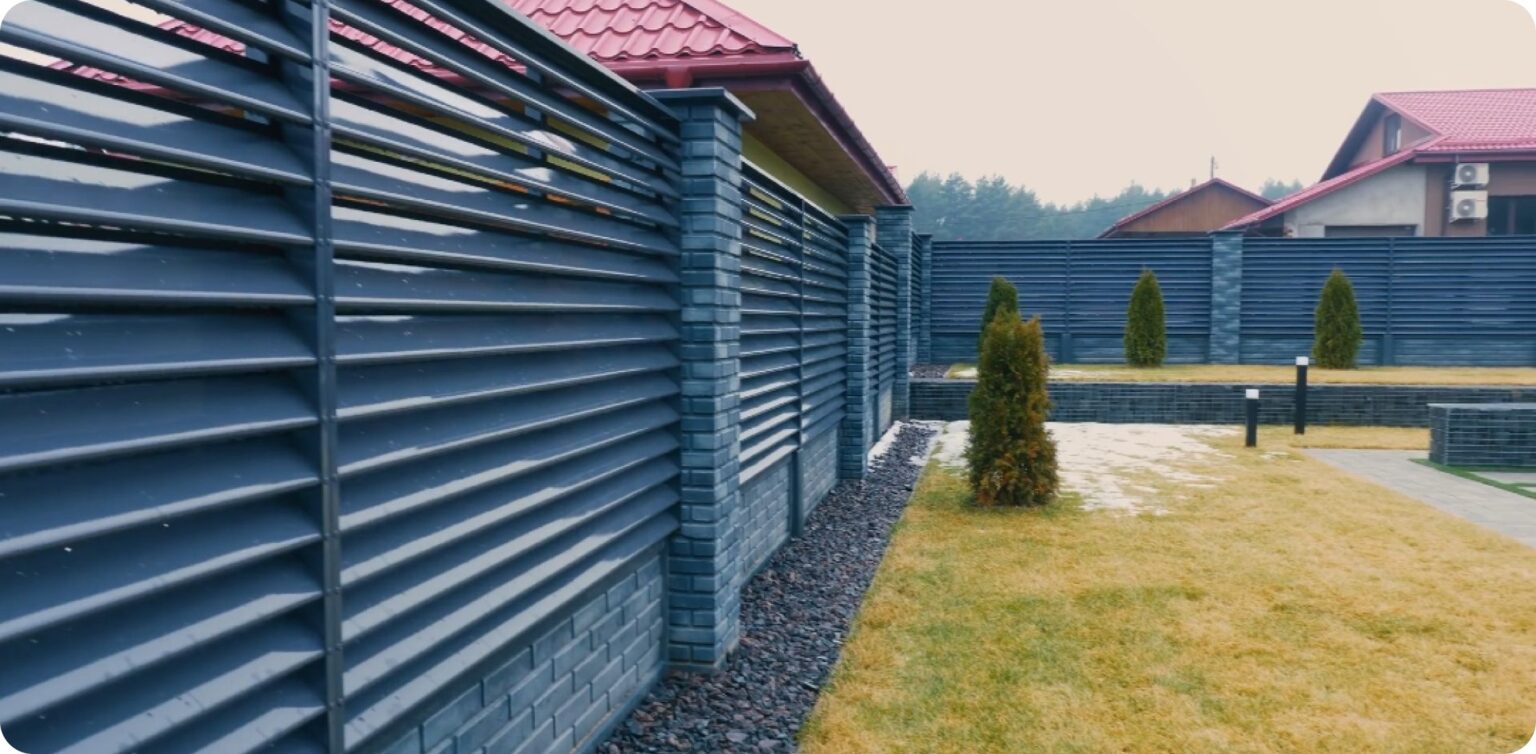In any advertising campaign, it’s essential to test different hypotheses, scale the most effective ad combinations, and achieve results within KPIs. In this case study, the eLama agency shares how, through testing and a systematic approach to promotion, they were able to generate leads for their client, “ProfZabory.”
“ProfZabory” is a company that provides turnkey fence installation services, from sales and installation to warranty service in Moscow and the Moscow region. They are certified to meet GOST standards and offer a two-year warranty on all fences. Key clients include private homeowners, cottage, and dacha owners.
735 leads
1257 ₽ — the average cost per lead.
Campaign objectives
The goal was to attract leads for fence installation. There were no specific KPIs for the number of leads, only for their cost:
- Good result — 2000 ₽ per lead
- Excellent result — 1500 ₽ per lead
These performance benchmarks were set by the client.
Mechanics
Promotion period: 7 months.
Advertising assets: Website and lead forms.
Structure: 13 campaigns and 35 ad groups.
Geography: Moscow and Moscow region.
Bidding strategy: Minimum cost.
Optimization:
- For lead form promotion: Optimized for lead generation.
- For website promotion: Optimized for events on the site.
Since the client had a landing page focused on lead generation rather than an online store, the following events were set up:
- Product card view: The event tracked viewing information about the company’s services.
- Add to cart: The event tracked clicks on the lead form button (across all forms on the website).
- Purchase: The event tracked form submission.
Promotion Stages
First Stage:
We launched website promotion and tested different targeting options: custom audiences, keywords, and communities.
Second Stage:
We continued driving traffic to the website, testing new targeting options (interest-based) and budget optimization (at the campaign and ad group level). We also decided to launch lead form ads for collecting applications. The results were promising, and we were getting leads at an acceptable cost. However, due to technical and operational reasons, it was more convenient for the client to process applications from the website, so we returned to promoting this asset.
Third Stage:
Based on the test results, we focused on the most converting option: promoting the fence installation cost calculator form (located on the website). Thanks to the “Statistics” section in the VK Ads dashboard, we adjusted audience settings.
Before: Men and women aged 35-75.
After: Men aged 35-75. This segment of users generated the highest number of leads within the KPI targets.
We used keyword targeting to attract a “warm” audience that was ready to place an order. The ad groups were divided by geography: Moscow and the Moscow region.
Here’s a detailed breakdown of the targeting and other settings for each campaign:
Campaign 1
Website promotion, budget optimization at the campaign level.
Two ad groups were created, targeting uploaded competitor audiences (gathered using a third-party service). Different texts were used.
- Group 1: Text focused on the advantages and experience of the company.
- Group 2: Text focused on common problems clients face when choosing fence installation professionals, and how “ProfZabory” helps to avoid them.
Campaign 2
Website promotion, targeting by key phrases, budget optimization at the campaign level.
- Group 1: Key phrases related to “turnkey fences”. Search period: 20 days. The same ad text as in Group 1 of the previous campaign.
- Group 2: Key phrases related to “turnkey fences”. Search period: 20 days. The same ad text as in Group 2 of the previous campaign.
- Group 3: Less detailed key phrases. Examples: “fence”, “zabor”, “eurofence”, “picket fence”. Search period: 20 days. The same ad text as in Group 2 of the previous campaign.
- Group 4: Key phrases related to “house construction”. The same ad text as in Group 2 of the previous campaign.
Campaign 3
Website promotion, targeting based on website events, budget optimization at the campaign level.
- Group 1: Users who visited the website but did not click the application form. Period: 0–14 days.
- Group 2: Users who clicked the application form but did not submit it. Period: 0–14 days.
- Group 3: Users who visited the website but did not click the application form. Period: 15–30 days.
- Group 4: Users who clicked the application form but did not submit it. Period: 15–30 days.
Campaign 4
Website promotion, retargeting based on pixel events, budget optimization at the campaign level.
- Group 1: Users who clicked the application form but did not submit it. Period: 0–14 days.
- Group 2: Users who clicked the application form but did not submit it. Period: 15–30 days.
Campaign 5
Website promotion, targeting subscribers of communities, budget optimization at the campaign level.
- Group 1: Subscribers of communities related to “Services for Country Houses”.
- Group 2: Subscribers of communities related to “House Construction”.
Campaign 6
Website promotion, targeting subscribers of communities, budget optimization at the ad group level.
- Group 1: Subscribers of communities related to “House Construction”.
- Group 2: Subscribers of communities related to “Services for Country Houses”.
- Group 3: Subscribers of competitor communities in Moscow and Moscow Region.
- Group 4: Subscribers of dacha community groups in Moscow Region.
- Group 5: Subscribers of communities related to “Landscape Design”.
- Group 6: Subscribers of communities related to “House and Stair Repair”.
Campaign 7
Website promotion, targeting by key phrases, budget optimization at the ad group level.
- Group 1: Key phrases related to “house construction”. Search period: 10 days.
- Group 2: Less detailed key phrases. Examples: “fence”, “zabor”, “eurofence”, “picket fence”. Search period: 20 days.
- Group 3: Key phrases related to “site maintenance”. Search period: 5 days.
Campaign 8
Website promotion, retargeting based on website events, budget optimization at the ad group level. The client has a landing page specifically for collecting applications (this is used for promotion), in addition to the main company website. In this campaign, retargeting is set up based on events on the main website.
- Group 1: Users who visited the website but did not click the application form. Period: 0–30 days.
- Group 2: Users who clicked the application form but did not submit it. Period: 0–30 days.
Campaign 9
Website promotion, targeting by interests, budget optimization at the ad group level.
- Group 1: Interest in purchasing country real estate, excluding interest in renting country real estate.
- Group 2: Interest in products for homes and dachas, excluding interest in renting country real estate.
Campaign 10
Lead form promotion, targeting by interests and key phrases, budget optimization at the ad group level.
- Group 1: Interest in purchasing country real estate, excluding interest in renting country real estate.
- Group 2: Less detailed key phrases. Examples: “fence”, “zabor”, “eurofence”, “picket fence”. Search period: 20 days.
Campaign 11
Website promotion, targeting by interests and community subscribers, budget optimization at the campaign level.
- Group 1: Interest in purchasing country real estate, excluding interest in renting country real estate.
- Group 2: Subscribers of competitor communities.
Campaign 12
Promotion of the fence installation cost calculation form (on the website), ad group division by geography, budget optimization at the campaign level.
- Group 1: Key phrases related to “turnkey fences”. Search period: 20 days. Geo: Moscow.
- Group 2: Key phrases related to “turnkey fences”. Search period: 20 days. Geo: Moscow Region.
Campaign 13
Promotion of the fence installation cost calculation form (on the website), ad group division by geography, budget optimization at the ad group level.
- Group 1: Key phrases related to “turnkey fences”. Search period: 20 days. Geo: Moscow.
- Group 2: Key phrases related to “turnkey fences”. Search period: 20 days. Geo: Moscow Region.
Creatives
The creatives used were photographs provided by the client. The image formats varied, which helped display ads across all available platforms and increase reach.
Two creative variations were tested: with text on the image and without text. The second option (without additional text) showed higher results in the tests. It’s possible that such photos looked more native, which helped them attract more attention.


Example of an ad image
